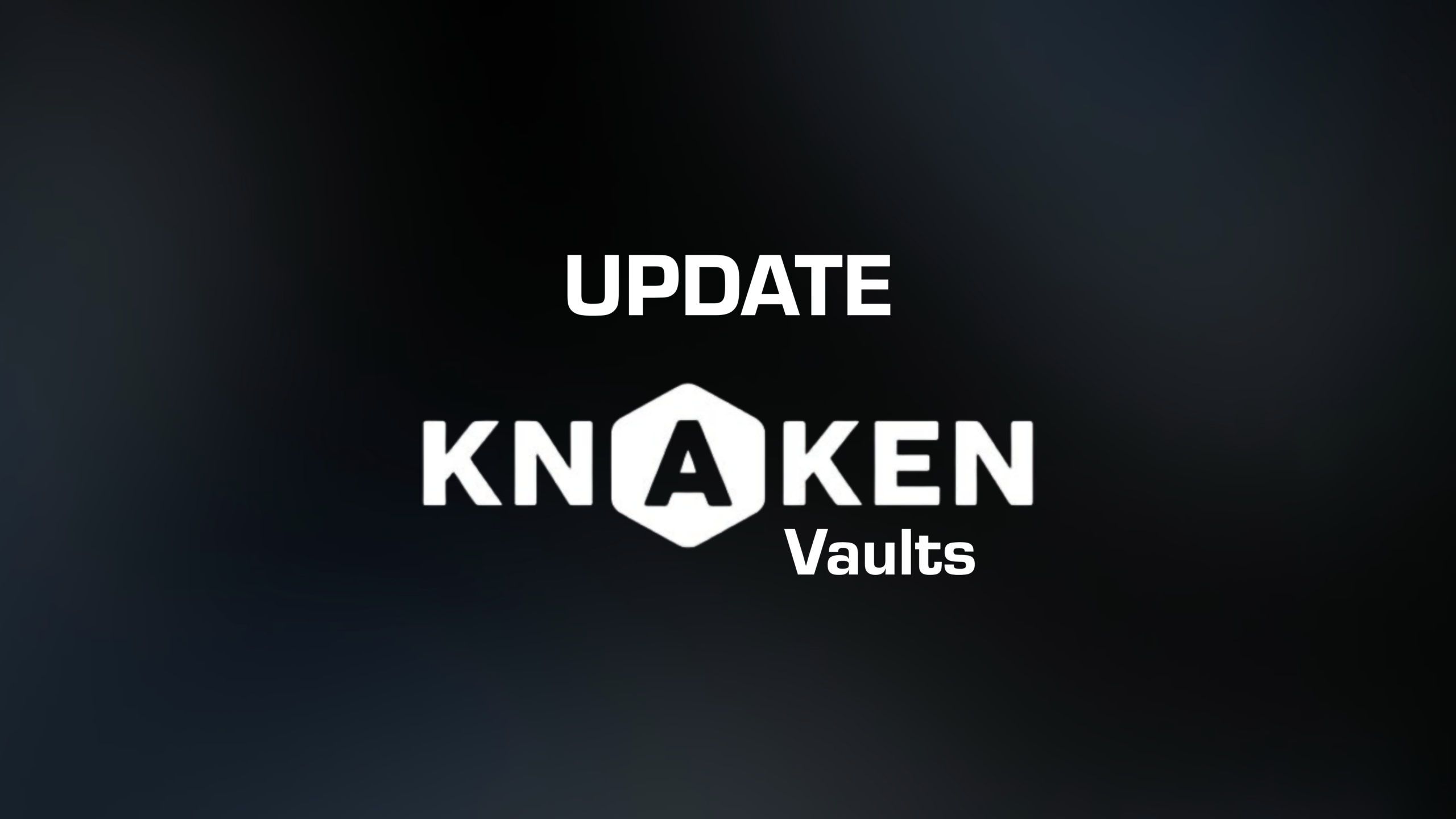Segregated Witness (SegWit)
Introduction to SegWit
Segregated Witness, commonly referred to as SegWit, is a significant upgrade to the Bitcoin protocol that was implemented on August 24, 2017. This innovative solution was designed to enhance the scalability of the Bitcoin network while addressing various issues associated with transaction malleability.
Understanding the Basics of SegWit
The core concept behind SegWit revolves around segregating (or separating) the witness data from the transaction data. In simpler terms, witness data refers to the signatures that authenticate a Bitcoin transaction. By separating this data, the outdated block size limits are alleviated, enabling a more efficient use of space within each block.
Key Features of SegWit
The following are some of the most important features of SegWit:
- Increased Block Capacity: SegWit allows for greater transaction throughput by effectively increasing block capacity without increasing the block size limit.
- Improved Scalability: By separating signature data, more transactions can be included in a single block, resulting in reduced congestion and lower fees.
- Transaction Malleability Fix: The upgrade resolves the issue of transaction malleability, which previously allowed an attacker to alter the signature of a transaction.
- Enhanced Security: SegWit enhances the overall security of the Bitcoin network by preventing attacks that exploit transaction malleability.
- Soft Fork Implementation: SegWit was deployed as a soft fork, allowing users and miners to upgrade without needing to force a split in the blockchain.
Technical Aspects of SegWit
SegWit changes the way transaction data is stored in the blockchain. Here are some technical aspects:
- Block Weight: SegWit introduced a new metric known as block weight, which allows for a maximum value of 4 million weight units per block while keeping the traditional limit of 1 megabyte (MB) in place for legacy transactions.
- Witness Data Structure: In SegWit, the witness data is stored in a dedicated segment in the blockchain, which helps to reduce the size of a standard transaction.
- Signing Process: The process of signing transactions was modified to accommodate the changes in data structure, making it easier for wallets to process transactions.
Benefits of SegWit
The implementation of SegWit has provided several benefits to the Bitcoin ecosystem:
- Lower Transaction Fees: With more transactions able to fit into each block, users experience lower transaction fees during high demand periods.
- Faster Confirmation Times: SegWit has contributed to a reduction in the time it takes for transactions to receive confirmations on the blockchain.
- Support for Second-Layer Solutions: The implementation of SegWit facilitates the development of second-layer solutions, such as the Lightning Network, which further enhances transaction efficiency.
Challenges and Criticisms of SegWit
Although SegWit has been largely successful, it also faces some challenges and criticisms:
- User Adoption: Adoption of SegWit has been gradual, and many users still utilize non-SegWit wallets, which can limit the benefits of the upgrade.
- Compatibility Issues: Some older wallets and services do not support SegWit, creating fragmentation within the ecosystem.
- Perception Issues: Some in the community view SegWit as a temporary solution that does not address the fundamental issues with Bitcoin scaling.
Conclusion
In summary, Segregated Witness (SegWit) represents a crucial advancement in the Bitcoin protocol, aiming to improve scalability, reduce fees, and enhance security. By separating transaction signature data, SegWit has not only elevated the Bitcoin network’s capacity for transactions but also paved the way for further innovations. Despite some challenges regarding adoption and compatibility, SegWit remains a significant milestone in the ongoing development of cryptocurrency technology.


















